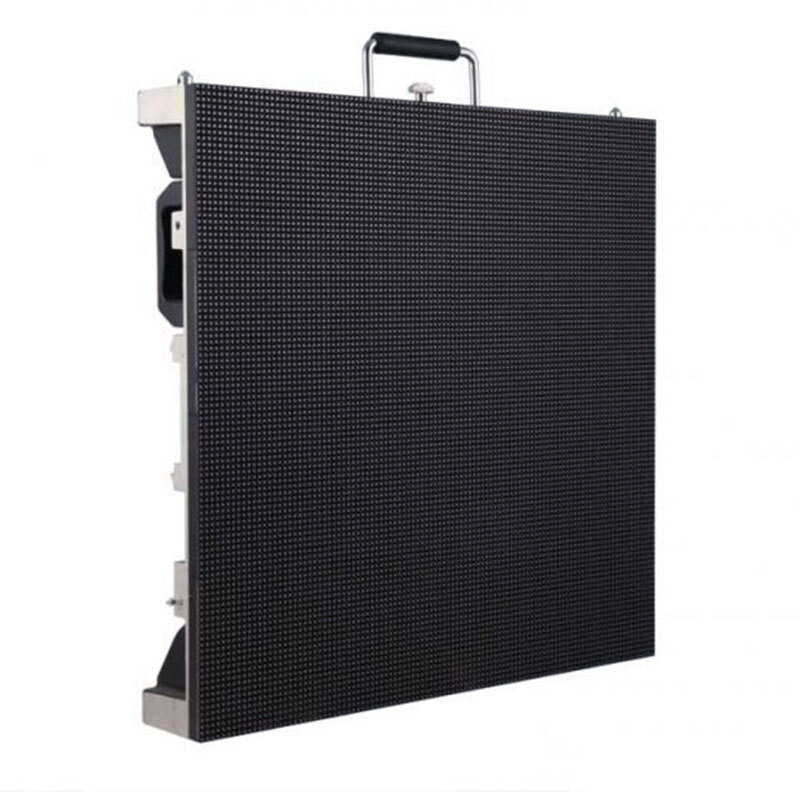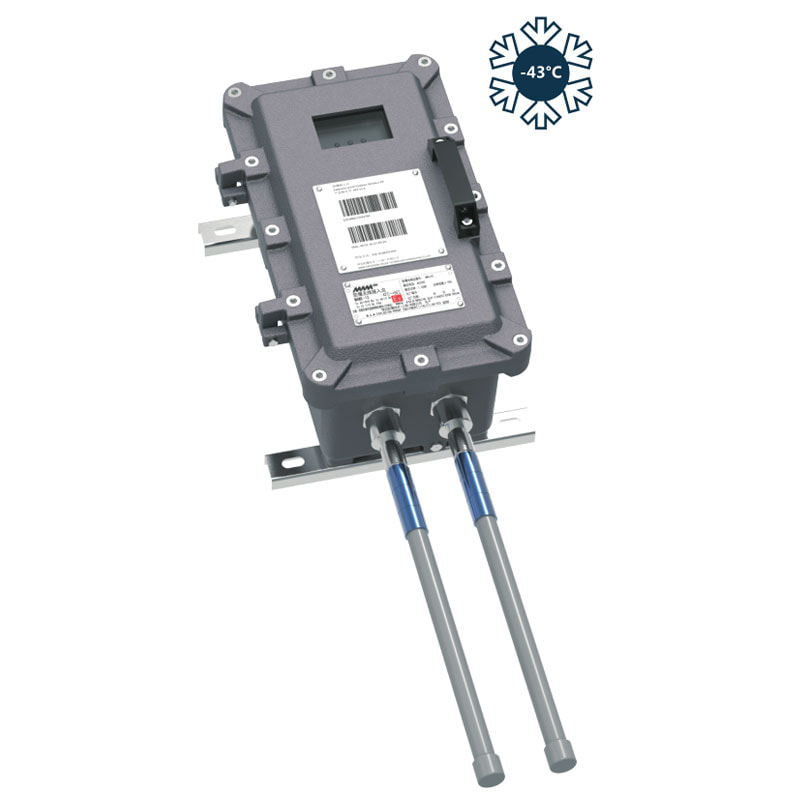Deep Cycle Battery: Everything You Need to Know
Before delving into the concept of a deep cycle battery, it's crucial to grasp some battery basics, including the definition of a cycle, the meaning of depth of discharge, and the implications of deep discharging a battery.
A full cycle encompasses a complete discharge and recharge of a battery. What constitutes a full discharge? Discharge is quantified by the capacity extracted from the battery, and the depth of the discharge (DoD) is utilized to indicate the extent of battery capacity used during a single discharge. A full discharge is characterized by a 100% DoD.
DoD and state of charge (SoC) share an inverse relationship, representing how much charge remains in the battery. Specifically, 100% DoD corresponds to 0% SoC.
With this comprehension of DoD and a battery's cycle, one might question what qualifies as a deep discharge. A deep discharge is defined as discharging 80% to 100% of the battery's capacity.
What is a Deep Cycle Battery?
While the answer may appear straightforward, a deep cycle battery is specifically designed to consistently endure deep discharges of 80-100% depth of discharge (DoD). Does this imply that high-rate batteries cannot handle deep discharges? The answer is both yes and no. One or two deep cycles may not adversely affect the battery (provided maximum discharge and charge rates are strictly adhered to), but the battery's design becomes crucial in the long run. Continuously cycling a high-rate battery in a deep manner over time could lead to severe breakdown.
Types of Deep Cycle Batteries
In sealed lead-acid (SLA) batteries, electricity is generated within the plates. High-rate batteries feature numerous thin plates to maximize surface area for rapid energy generation. Conversely, deep cycle batteries have thicker plates compared to high-rate batteries. The thicker plates are essential as the chemical reaction inducing energy occurs within the plate and requires thickness to withstand the reaction. Thin plates, akin to those in high-rate and starter batteries, would quickly degrade and prove unsuitable for multiple deep discharges over time.
Within the realm of deep cycle SLA batteries, two subcategories are deep cycle gel and AGM (absorbent glass mat) deep cycle batteries. Gel batteries utilize a substance transforming the electrolyte acid into a thick gel, rendering them non-spillable. Gels excel in heat distribution and off-gassing compared to AGM batteries, ensuring better performance throughout their lifespan. In AGM batteries, a glass mat is inserted between negative and positive plates to contain the electrolyte. This mat makes the battery non-spillable and optimizes plate surface area for improved electrolyte distribution, distinguishing it from conventional batteries.
Lithium deep cycle batteries employ energy cells designed to deliver sustained current over extended periods, ideal for cyclic and deep cycle applications. Additionally, the circuitry within lithium batteries plays a crucial role, setting limits on current draw through protective measures. Different lithium batteries feature varying levels of protection, emphasizing the importance of reviewing technical documentation and specifications for detailed information.
Beyond varying chemistries, deep cycle batteries are available in diverse voltages and capacities, with 12V and 24V deep cycle batteries being among the most popular options.
Deep Cycle Battery Applications
There are many other applications that utilize deep cycle battery technology and these include marine, leisure (including RV batteries), mobility scooters, all types of electric vehicles and solar applications. To differentiate, high-rate batteries are typically used in back-up or emergency-use type applications.
Additional resources:Why You Need a Solar Emergency Charging Lamp?
Safety Tips for Kids Biking Alone – How Can Parents Ensure Their Child's Safety?
Liner Dampers: The Unsung Heroes of Vibration Control
Are Electric Heating Pads Good for You?
What are the pros and cons of carbon film resistors?
What is a Hybrid Inverter & how does it work?
Choosing the Right Engraving Stylus for Your Needs
How Long Will A Deep Cycle Battery Last?
The average lifespan of a deep cycle battery is about 3-6 years. However, the lifespan of a deep cycle battery will vary based on several factors such as the type of battery, how it is used and maintained, and the climate in which it is kept. For example, if you live in a hotter climate, your battery will experience a shorter lifespan than someone living in a cooler climate.
What factors affect the lifespan of a deep cycle battery?
There are many factors that affect the lifespan of a battery. The most important factors are:
• How much power you are using
• The temperature of the environment you’re using it in
• The level of care and maintenance you give it
Over time as a battery gets older, it develops a higher internal resistance, which lowers the capacity of the battery to hold a charge. This is caused by lead sulfate that builds up inside the plates of the battery over time.
Maintenance and monitoring of your deep cycle battery
The life expectancy of any deep cycle battery is hard to predict and is largely dependent on how well you maintain and monitor the battery. The better you are at maintaining it, the longer it will last.
Here are some things you should do to extend the life of your deep cycle battery:
• Keep it clean.
• Store it properly.
• Monitor it closely.
Dirt and corrosion can cause a decrease in your battery’s overall performance. If you don’t keep the terminals clean, they will corrode and reduce the current flow to and from the battery, which can lead to reduced performance and eventual failure. When not in use, store your battery in a cool, dry place that’s protected from extreme heat and cold.
Additional resources:4-Megapixel USB Cameras vs. 1080p: Unraveling the Differences in Image Quality
SMT PCB Buffer vs. Conveyors: Which Is Better for Your Assembly Line?
Tips for Properly Using Fiber Optic Patch Cords
Difference Between Online UPS and Offline UPS - Lento India
What Rating Is an Explosion-Proof Light?
Understanding Radiation Measurement Instruments
What are the pros and cons of glass insulators?






